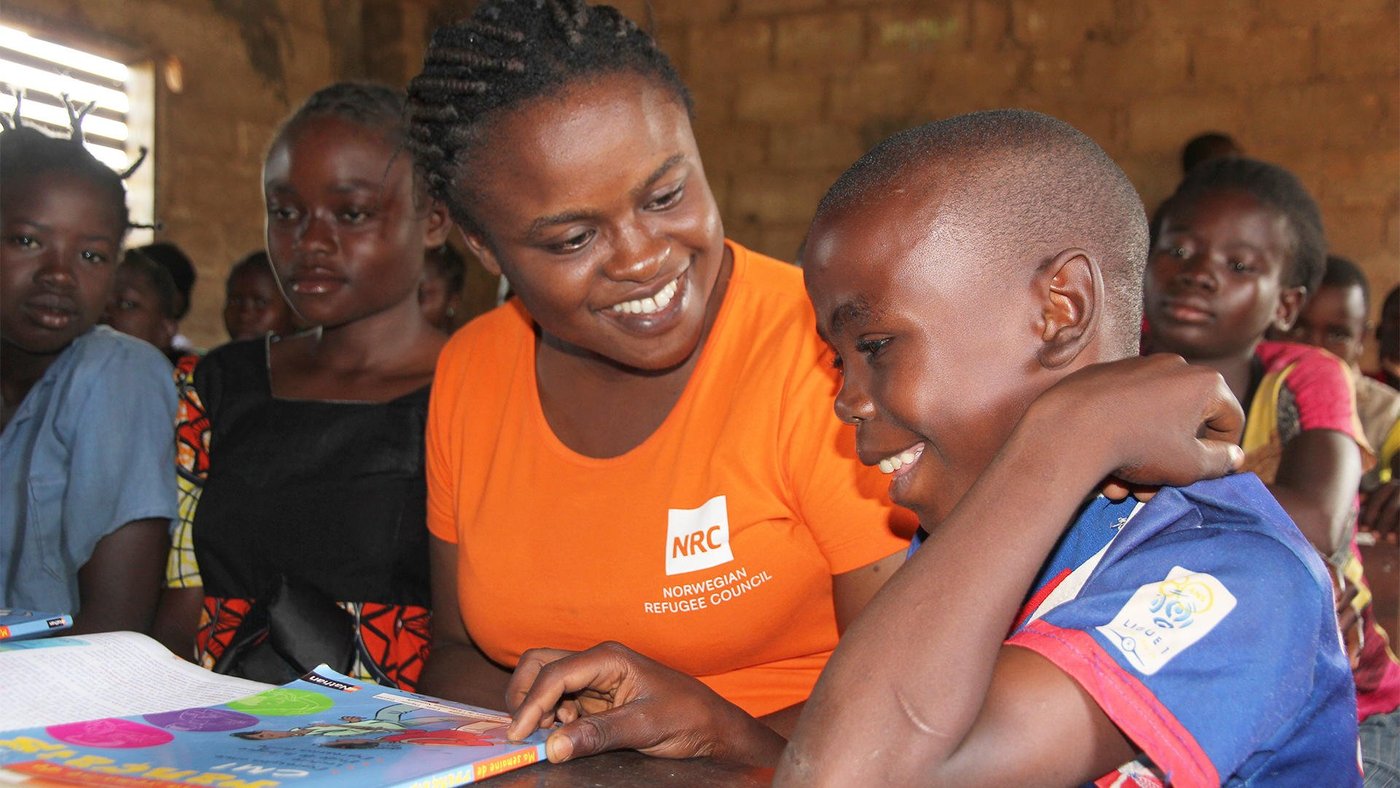How yesterday’s refugees became today’s aid workers
I fled 500 kilometres in search of safetyAimee, DR Congo
When war broke in the Democratic Republic of Congo in 1997, Aimee (41) was a student in the eastern city of Bukavu. She fled in search of safety to Kindu, more than 500 kilometres away. Aimee now works with the Norwegian Refugee Council in the Central African Republic. She is responsible for more that 50 staff. They help children return to school, and campaign for people's protection.
NRC's work in education is close to Aimee's heart: "Education is important because it brings people from different places together. It's essential to prepare displaced people to return home, but also to rebuild their lives."
The killing campaigns turned Bagdad into a living hellFityan, Iraq
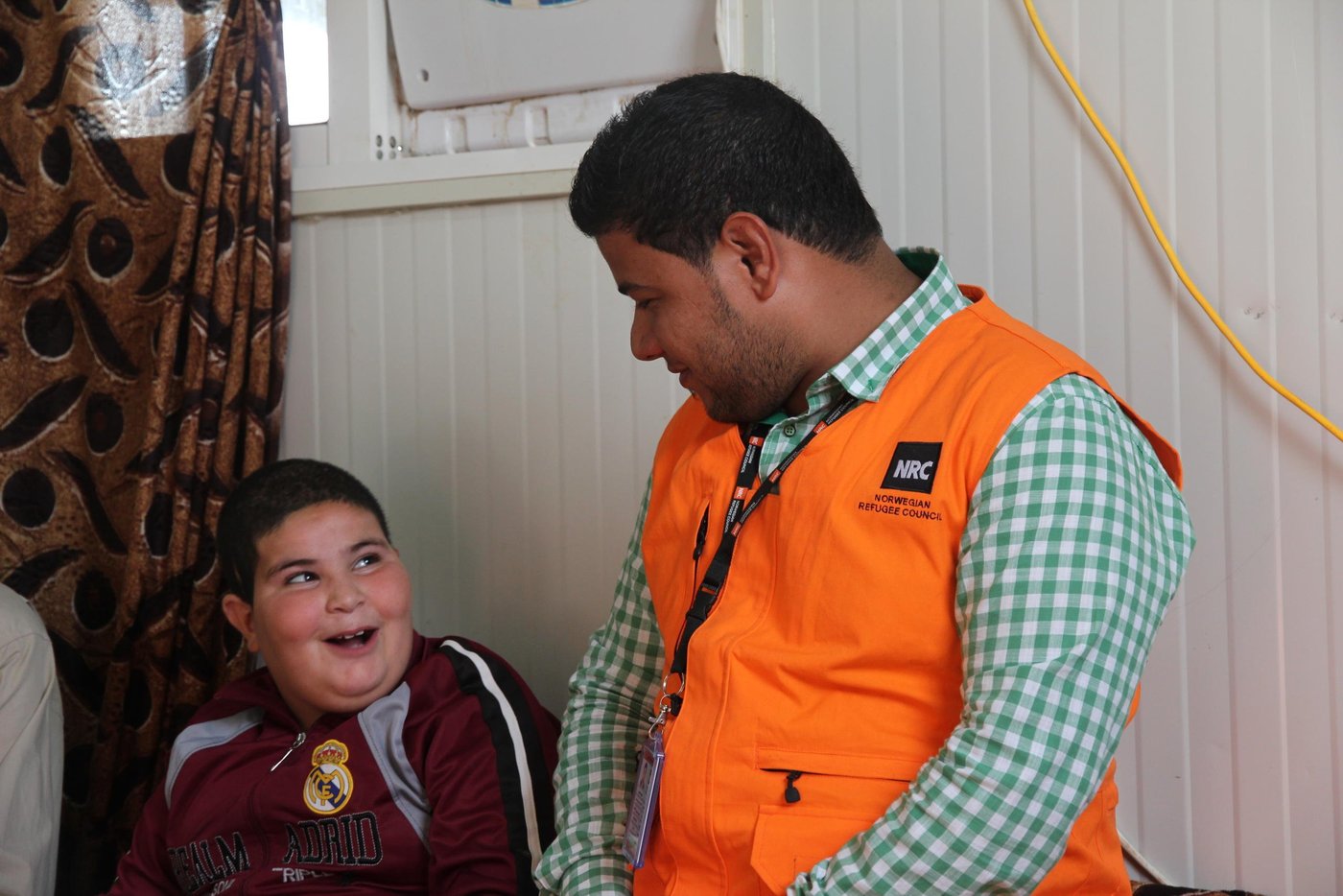
“I was preparing for my last semester of high school when the war arrived,” remembers Fityan (27). “But the start of 2006 saw killing campaigns by armed groups that turned our city into a living hell.”
Fityan stayed behind when his family fled to Syria, and finished high school in Haditha. But the city soon became a stronghold for armed groups, and surviving explosions and shootings became impossible. Fityan joined his family in Syria and became a refugee.
When the civil war ended in 2008, relative stability brought him home. In June 2014, ISIS overtook the Iraqi city of Mosul and thousands of people fled towards Erbil. Fityan’s aid worker friend called him to help: “We need three engineers tomorrow to help set up water systems in a camp for 5,000 people. Can you come?” Fityan has been working for NRC ever since.
My mother hid us in a truck of goats to flee MogadishuSaida, Somalia
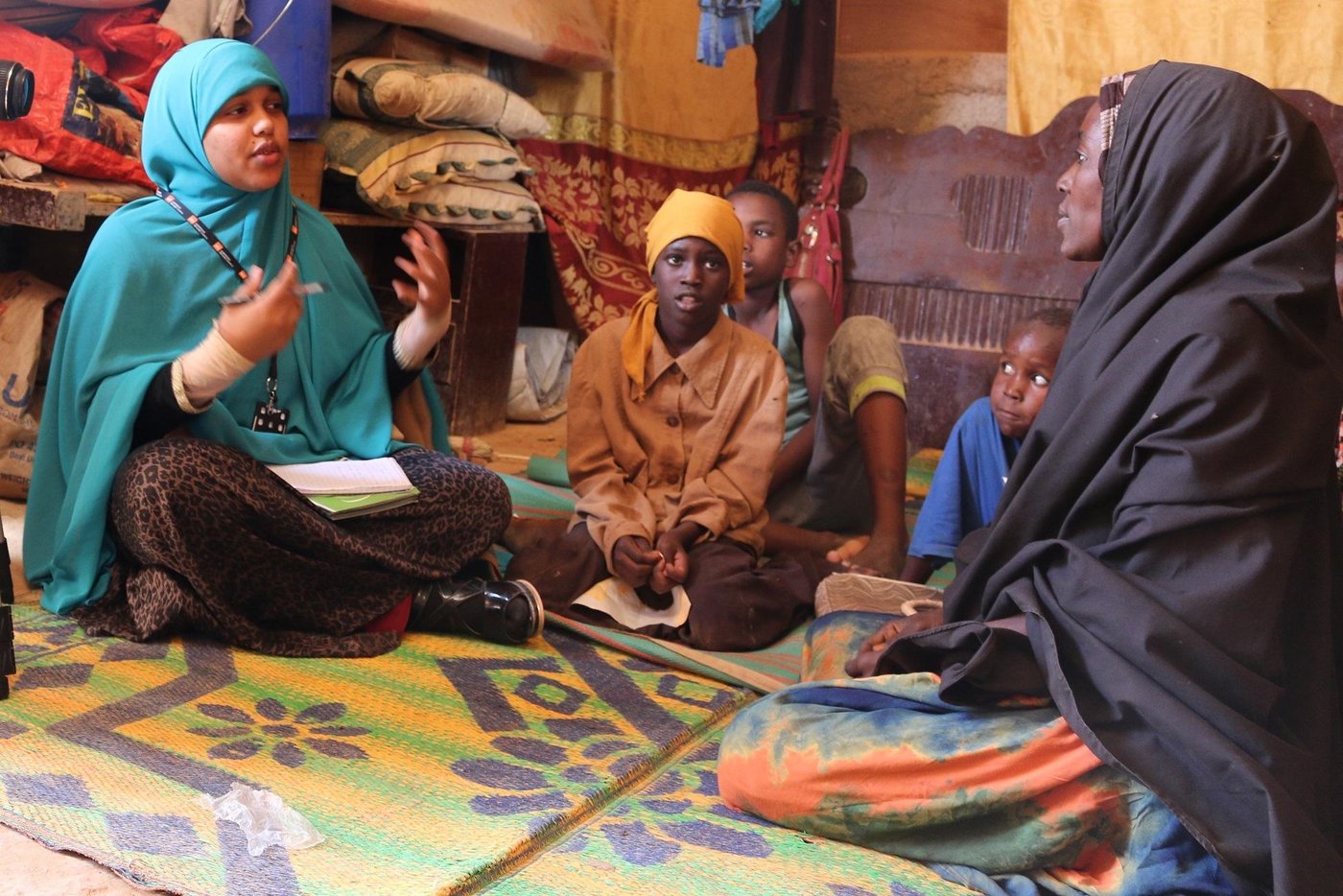
When Saida (29) was only 5 years old her family fled Somalia’s capital Mogadishu because conflict had engulfed the city. “We hid in a truck filled with goats – my mother, me, my sister and brother,” she recalls. “We travelled north to Puntland State and were displaced for two years. We left behind our house and land in Mogadishu forever. To this day we’ve no idea if it still exists, if it was bombed, or if someone else occupies it now.”
Today Saida works for the Norwegian Refugee Council in Puntland, providing legal counselling to displaced Somalis going through a similar situation to what her family experienced 25 years ago. She advises them on their human rights, and how to manage forced evictions and land disputes.
Saida tells the people she meets through her work to never give up: “Even when it looks like there is no way out, rise up and reach towards your dream.”
We paid human traffickers to help us escape AfghanistanKhalem
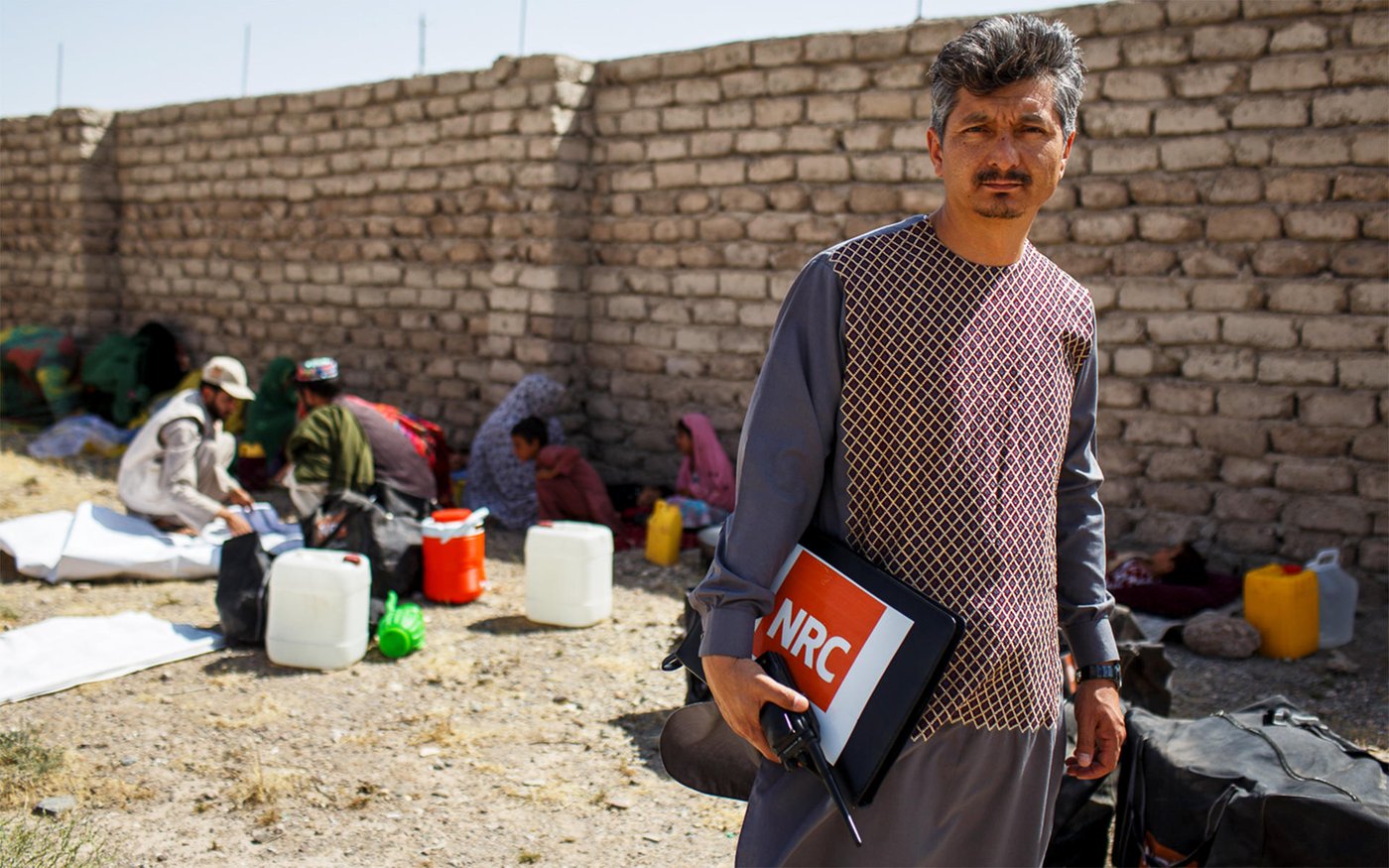
When he was a child, Khadem (42) and his family fled to Iran because of the war in Afghanistan. They had to pay human traffickers to help them escape the country.
However, when Soviet Union troops were pushed out of Afghanistan in 1989, the Iran policy towards Afghan refugees changed, and they were pushed to return to home. Returning to a land he didn’t know after 16 years was hard. It took two years for Khadem’s family to build a new life. In 2011, Khadem starting working with the Norwegian Refugee Council providing shelter assistance to Afghans who had been forced to flee their homes because of the conflict.
They used my family as human shields against airstrikesMulhem Ahmed, Yemen

When conflict intensified in Yemen in 2015, Mulhem (40), his pregnant wife and three children fled their home and went into hiding in Aden city. For three months they sheltered in a safe house, with several families tightly squashed into a single room.
But the conflict worsened and airstrikes struck the city on a daily basis. Mulhem fled with his wife and children. What they saw along the road out of Aden shocked them to the core. “We saw many bodies of people who had been killed. Some of them were even eaten by dogs,” says Mulhem. “At the checkpoints we had to pass, they destroyed all the human dignity we had left by beating us. They even used us as human shields when the airstrikes started.”
Mulhem eventually escaped the war, and now works with the Norwegian Refugee Council’s expert deployment roster, NORCAP. Today he works in Greece, helping refugees who have crossed the Mediterranean. It’s still not safe to return to Yemen.
We were all trapped by conflict, all hostages of circumstanceKatia, Ukraine
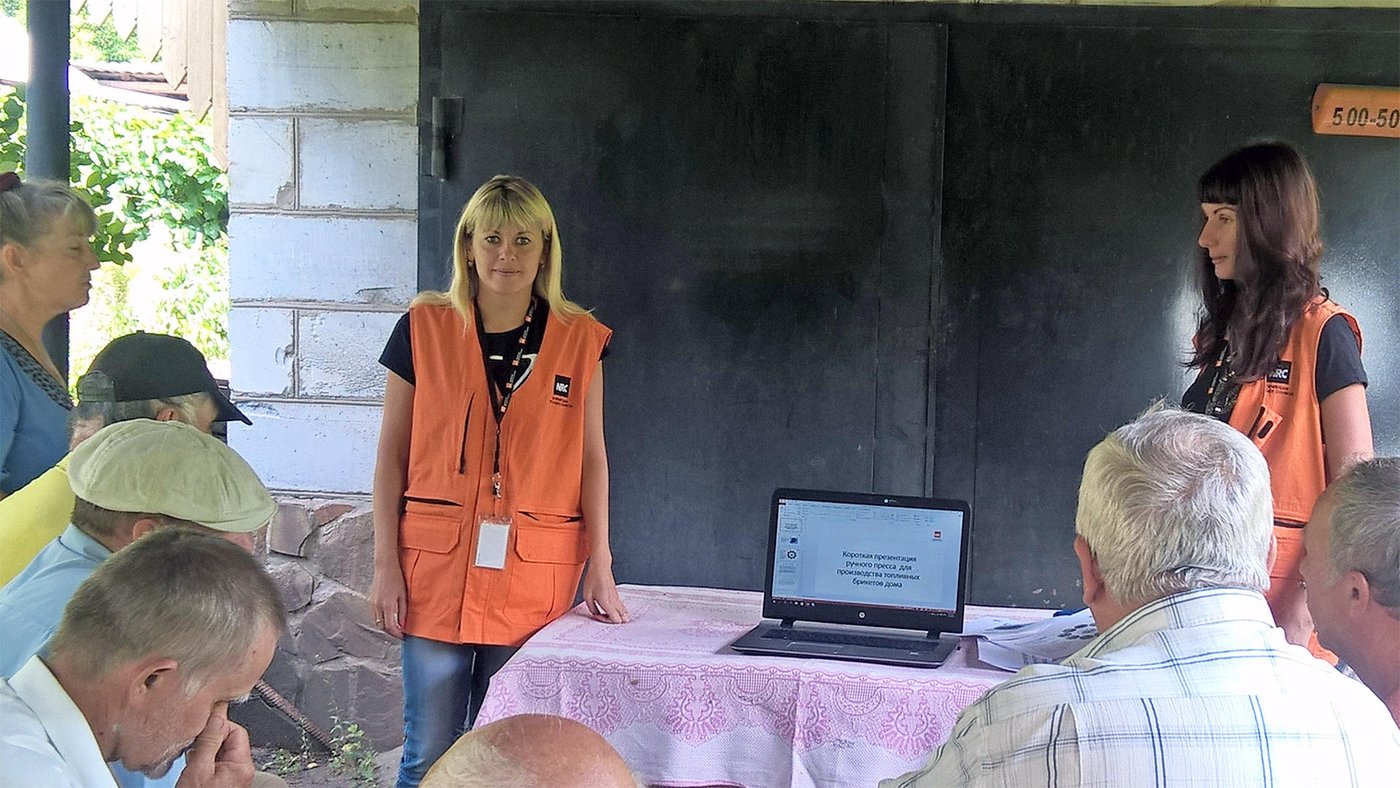
Before the war, Katia (31) and her husband lived in a small town called Pervomaisk in eastern Ukraine with their 5-year-old son.
"In June 2014 armed groups took control over our town," remembers Katia. "Many businesses were shut down, including the bank where we worked. My husband and I were made redundant. Our apartment was heavily damaged, so we moved to Severodonetsk city. I registered as a displaced person and became eligible for aid."
Katia heard about relief organizations working providing relief to communities affected by the fighting. "I wanted to help others. We were all trapped, all hostages of circumstance. We all deserve support, regardless of our political views," she says.
Seven months ago Katia started working for the Norwegian Refugee Council, helping displaced people get shelter and put a roof over their heads. Life is slowly improving.
We spent a year on the run, hiding in the forestSaw, Myanmar
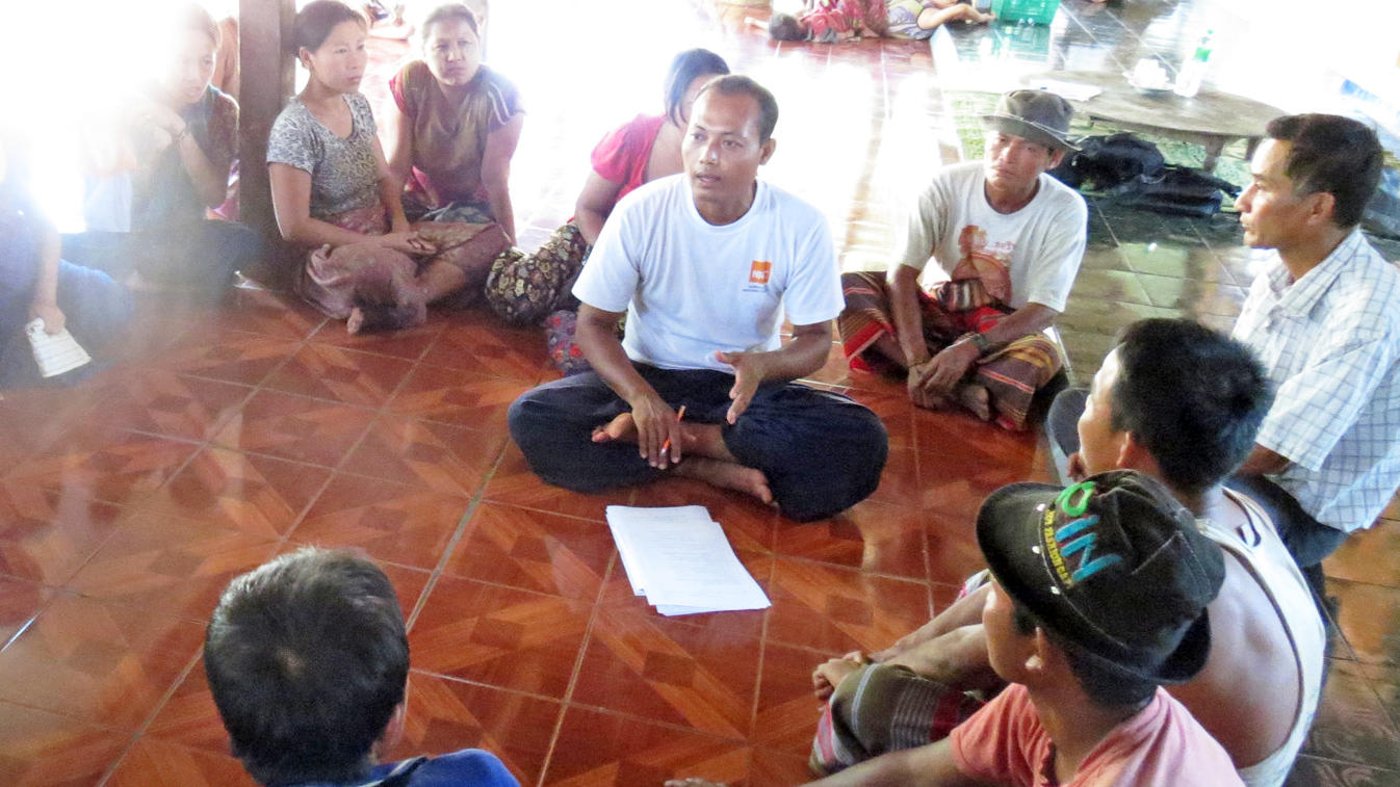
“When I was 6 years old, fighting broke out between two armed groups in my hometown in Kayin State, Myanmar,” says Saw. “One of the armed groups burnt down our village and I ran with my family to the forest. I was separated with my grandparents. After five months of searching we found the rest of our family. We spent a year in the forest while we were running from the fighting. I will never forget it.”
That was 30 years ago. Today Saw works for NRC providing assistance to families affected to conflict just like him. He works closely with the government and armed groups to ensure that ordinary civilians are protected during conflict.


